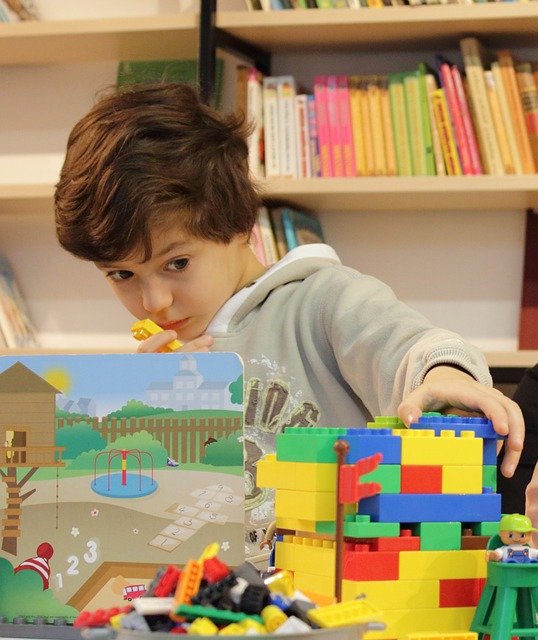There are few matters of public interest more important than how we are educating the next generation, and one area that is seeing massive growth and innovation is in preschool education. Whether you’re a parent looking to find the right fit for your child, or an educator looking to learn new skills and improve the education you provide, knowing the latest trends can be invaluable.
 Here are some of the most popular trends in pre-school education and why educators are turning to them.
Here are some of the most popular trends in pre-school education and why educators are turning to them.
Enrollment is Up
Although parents once viewed the decision to enroll their child in a pre-k or preschool course or not as an optional approach to starting their child’s education, as the years have gone by it’s grown increasingly standard. This means that with more children attending classes, the average number of students in classes is also on the rise, necessitating either more from teachers or more teachers to maintain high educational standards.
Universal Pre-K
With this increased desire for preschool education, there has been a political push for universal pre-K. With more attention being paid to the importance of early education, many municipalities are investing more in their preschool education funding to better serve residents.
Earlier Assessment
One major change to early childhood education is the use of assessments at younger ages. While formalized grading may not be on the menu, by using assessments educational staff can begin to identify important information like how children in the class prefer to learn, and areas where they excel. This allows for a more customized approach to each child’s education to help them gain maximum benefits from the class.
Emphasis on Physical Fitness
Helping children to live healthier lives has become an international priority, and inside the preschool classroom is no different. By encouraging healthy play, teachers can inspire children to be more active and, in turn, help them find the fun in living healthier.
Literacy Work at an Early Age
Studies have found that early interaction with reading and storytelling can have a significant effect on a child’s development and reading comprehension. Many preschool classrooms are taking advantage of this by introducing storytime and simple reading comprehension tools. This helps the children in the classroom grow accustomed to the skills they will need as they learn to read and prepares them for increased success throughout the process.
Technology Use Is on the Rise
There are few places in the modern world where the role of technology isn’t growing, and preschools are no different. While there is a natural reaction to view technology and screens as non-productive, there are many excellent ways that teachers can take advantage of modern technology to help their students. From educational games to digital learning, modern options allow for modern teaching methods, all in the pursuit of the best possible learning environment for the children in a class.
Closing the Achievement Gap
One area of particular focus in education is in leveling the playing field and providing more opportunities for children regardless of their community. While there remain inequalities between different towns and districts, the leaps forward in education tools have helped to level the field, and many highly-rated schools are now making efforts to expand their student base to fit a broader range of neighboring communities. This is great news for all parents, as it ensures that no matter who you are or how much you earn, you’ll have more opportunity to enroll your child in a high-quality preschool program with teachers who are committed and provided with the resources they need to help your child thrive.
Reggio Emilia Education Meets Students at Their Needs
No two children are exactly the same and as a result, no two students need the same approach to education. With Reggio Emilia schools this need for a customized approach is understood and emphasized. In a Reggio Emilia school, such as Little Sunshine’s Playhouse, the trained and experienced staff work to build a customized learning experience for each child, identifying the best ways to develop each student in the classroom and enacting plans to help each blossom. Coordination in a Reggio Emilia system is highly collaborative with teachers working along with parents to create and enact plans for the students, and remaining open and receptive to the child’s response to the program in order to adjust in the event that any changes are needed to further optimize the growth of each child in the class.
While the world you see when you visit a modern preschool may seem very different from what you remember growing up, the good news is these changes have been for the better. There has never been a time where modern educators are better prepared to help their students succeed and develop. Whether you’re a parent ready to send their child to school for the first time, or an educator guiding them while they’re there, be glad for all the amazing steps forward the field has taken.
More Resources: